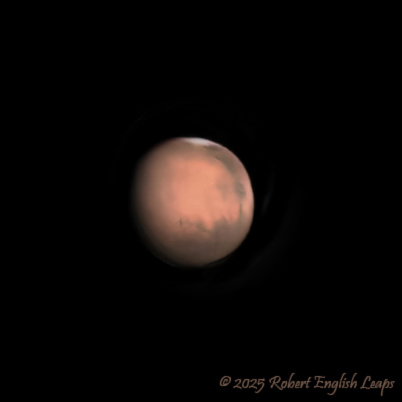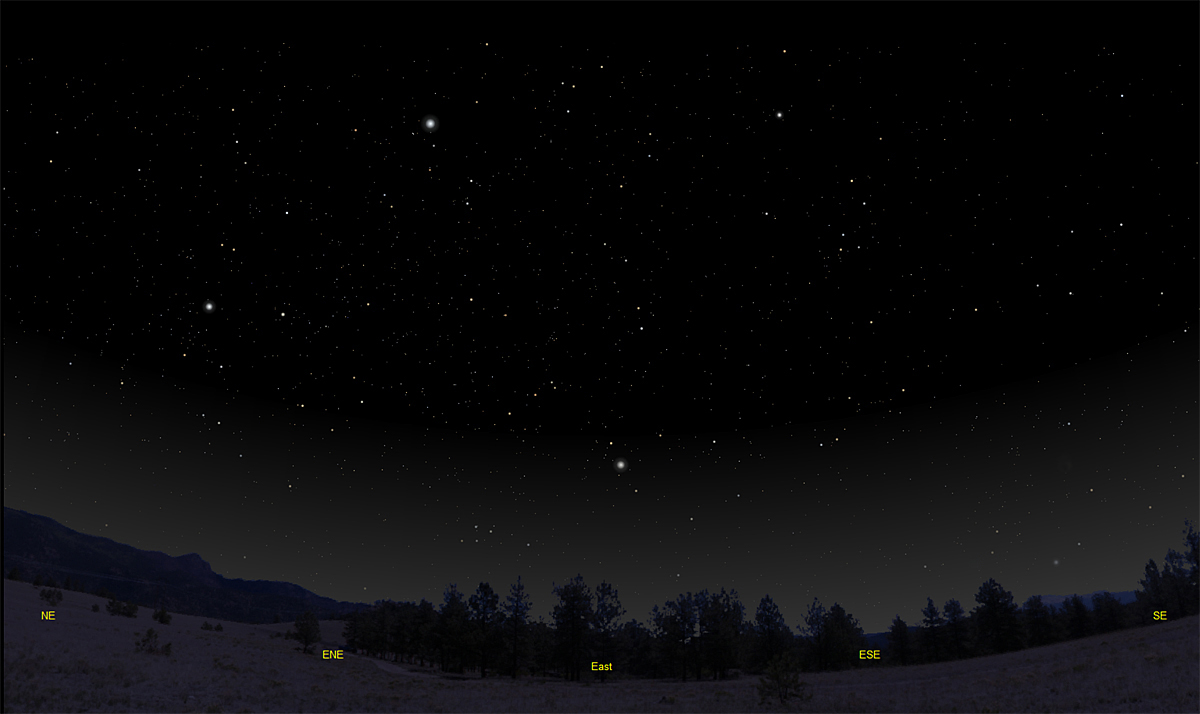The purpose of this feature is to give scout leaders, educators and naturalists an idea of some of the natural events coming up each month. We will try to cover a variety of natural events ranging from sky events to calling periods of amphibians, bird and mammal watching tips, prominent wildflowers and anything else that comes to mind. We will also note prominent constellations appearing over the eastern horizon at mid-evening each month for our area for those who would like to learn the constellations. If you have suggestions for other types of natural information you would like to see added to this calendar, let us know! Though we link book references to nationwide sources, we encourage you to support your local book store whenever possible.
Notes and Images From May 2025 May brought a lot of rain! Wandering low pressure systems swept bands of rain across our area all month, making the weather unsuitable for current telescope projects. Still, it was great amphibian weather, and we had a great night hike in Lewis County on May 17th. We had an enthusiastic group and heard 9 species of frogs and toads, multiple Whip-poor-wills and Chuck-wills-widows, and finished our evening watching blue ghost fireflies (Phausis reticulata) drifting slowly over the forest floor radiating their eerie bluish light.
Back in April a curious jumping spider reminded me of how much I enjoy these little creatures. In May I decided to jump back into the macro world. On May 11th I found this Bold Jumping Spider, Phidippus audax. This is a female. They are one of the larger jumping spiders, but still could sit comfortably on the surface of a dime. The total body lengths for females are between 8 and 15mm.
The species name audax comes from the audacious nature of this species. Of course, few species of jumping spiders are very shy. I probably see Phidippus audax more than any other species. The abdomen of females is black with three conspicuous white spots in a triangular pattern. Habitats include fields, suburban plantings and low vegetation in open woodlands. They also hunt the side of buildings, and don't be too surprised if you find one in or on your mailbox! Below is the White-jawed Jumping Spider (Hentzia mitrata) that piqued my interest last month. I first discovered it on my arm, and it seemed to enjoy wandering around on my hands as I tried to get it in position to photograph it with the camera in my right hand. After I took a few shots, it base-jumped off my hand into the grass, trailing its silk drag line behind it.
Jumping spiders are in the family Salticidae. It is the largest family of spiders in the world, with more than 6,000 species worldwide. Over 350 of these species are in North America. They are appealing little animals! They swivel their cephalothorax around to look at you as you approach. Often they show little fear and will hop on you or your camera lens. Many show stunning colors. For such a tiny animal, they seem to display quite a bit of intelligence in stalking their prey. The eyes of jumping spiders are capable of color vision that extends into the ultraviolet part of the spectrum. The males are often brightly colored, with much ornamentation. These features are often used in elaborate courtship displays performed for the females.
I watched the spider wait for a fly to alight somewhere close by. When one did, the action was far too fast to follow. It pivoted around as the fly landed and then leaped across the two inches between the two to catch it. The whole sequence was probably less than my reaction time. If I hadn't been staring right at it, I would have missed the jump. Their legs propel the jump not by muscles but by internal hydraulics, and their jumps are incredibly accurate. Some jumping spiders can jump up to 40 times their body length. Prey consists of flies, mosquitos, moths, leafhoppers and other small invertebrates. They may also prey on other spiders. They are beneficial in reducing numbers of pest species. As the spider pounces on its prey, it injects venom from fangs located at the base of the chelicerae. The chelicerae are the mouthparts of a spider. The basal portion of the chelicerae can be seen on the Bold Jumping Spider at top, shining a bright iridescent emerald green.
The chelicerae are made primarily of chitin. Layers of chitin are alternated with layers of air, and if they are spaced just right, the reflection of each layer adds to the total amount of light reflected. This results in a highly efficient mirror which reflects only certain parts of the spectrum, like the bright green we see in the Bold Jumping Spider chelicerae. This is a property of thin film interference. The iridescence seen in the chelicerae is produced in the same way as that in a soap bubble. If the layers are spaced so that the additional distance that light travels for each reflection is equal to one wavelength, each reflection results in constructive interference, adding to the total amount of light reflected. This arrangement for creating constructive interference is called a Bragg Mirror. It is named after William Bragg, who along with his father won the Noble prize in Physics in 1915 for their work on reflections in crystals. The key property is that the more layers you have, the higher the total reflectivity. If you look at the surface from different angles, the colors change. Studies on the chelicerae of one species of jumping spider (Phidippus johnsoni) revealed 86 layers of chitin and air on the front surface of the chelicerae! Constructive interference is used throughout the animal world to dazzling effect. The same process is used to coat telescope mirrors to make them more reflective. Conversely, every pair of glasses that has an anti-reflection coating makes use of destructive interference, where the returning reflections are out of phase with the primary reflection, reducing or cancelling the reflections.
If you have jumping spiders in your yard, you might also look for the small "tents" they make for themselves for a retreat. They sleep in these shelters at night, use them for egg storage and to keep warm in the winter months. They look a little like sleeping bags. Pictured at right is a tent on one of my telescope piers. I've also found them in mailboxes. They survive cold periods by entering a state of diapause where development is suspended. Their metabolism also slows down in cold temps. Some are said to spend the winter beneath the bark of trees like the Shagbark Hickory or in crevices in rocks. A reference book for spiders that we like is "Common Spiders of North America" by Richard Bradley. On May 8th I discovered a couple of cicadas that had just recently emerged. These are part of Brood XIV . It has a seventeen-year life cycle.
Based on the photos that I took that morning, the two I found were Magicicada septendecim. There are several characters to look for this species, but the easiest for me to see was the trapezoidal orange patch behind the eye. This is shown in the image at right and is arrowed. The song of this species is quite distinctive, and we soon heard them singing. The song sounds a bit like "pha.......raoh!", with the "pha....." part very high and drawn out and the "raoh" part dropping suddenly at the end of the call. Listen carefully in this recording we made a few years ago. The "pha....." parts of the numerous cicadas singing tends to blend together so that you may first notice just the dropping-in-pitch "raoh!" note.
On May 17th I looked out my cabin/workshop window and was surprised to see a Cope's Gray Treefrog looking right back at me! There's a bluebird house about 10 feet away from the window and this frog was perched on the rim of entrance hole.
It was a hot day and this one may have been seeking a little relief from the higher temperatures inside. It's not unusual to have Cope's Gray Treefrogs take up residence in bird houses, pipes or other enclosures during the summer months. I had one in my observatory many times.
These two Great Spangled Fritillaries were among a group of seven or eight that were coming to the milkweed flowers on May 26th. I watched these two in my camera viewfinder as they made their separate ways around the flowers, hoping to get a clear shot of one or the other. Then suddenly one turned and I seemed to be looking at a third "butterfly" formed from the combined pattern of the first two! Adults do not migrate south. Females lay eggs on or near violets in late summer and the young caterpillars spend the winter in sheltered places here. Those that survive the winter feed on violets the following spring, so it's a good idea to have some violets in your yard.
Sky Events for June 2025: The Summer Solstice for the Northern Hemisphere will occur at 9:41pm CDT on June 20th. This is the longest day of the year for the Northern Hemisphere. Morning Sky: Venus and Saturn remain visible in the morning twilight at the first of the month. Look due east for Venus. Saturn begins the month up and to the right of much brighter Venus. Try looking for them beginning about 40 minutes before sunrise. Binoculars will be a big help in picking out the planets from the twilight glow. As the month goes by, watch for Venus and Saturn to increase their separation. Neptune is within about a degree and a half of Saturn all month long. Earlier in the month the bright sky will keep you from spotting Neptune, but late in the month, if you rise in the early morning hours before astronomical twilight, you may be able to spot both planets. They are about 1 degree, or about one-sixth of a binocular field, apart on June 29th. Neptune of course will just look like a faint star in binoculars, so an app like Sky Safari (see below) will come in handy to confirm what you see. Evening Sky:
Mars is about 41 degrees above the west horizon at dusk in Leo at the beginning of the month. Over the next month it will move through the constellation of Leo. By the end of the month it will be only about 4.9 seconds of an arc in apparent diameter. Mars appear to pass by Regulus, the brightest star in Leo, on June 17th. The planet and the bright star, only about 3/4 of a degree apart, should look like a very wide and bright double star. Look for Mercury in the western sky this month. It reaches its greatest angular distance from the horizon on June 26th. Try looking for it about 30 minutes after sunset not very high over the western horizon. Binoculars will help you spot it. Again, an app like Sky Safari will help you look in the right place.
Constellations:
New constellations this month in the eastern sky are Lyra, the Lyre, with its bright star Vega, Cygnus, the Swan, and Aquila, the Eagle. The bright stars Vega, Deneb and Altair form the "summer triangle." One constellation that is fun to spot in late spring is Corvus, the Crow. Look about 30 degrees above the southwest horizon around 9:30pm. The brighter stars form a small trapezoid. Above Corvus you can find the Sombrero Galaxy, Messier 104. It's also been called the "Peterson Field Guide Galaxy" because just above the trapezoid of Corvus there is a line of faint stars that point to its location. A finder chart is here. Though it will not show the details in the image above, on most nights when the moon is not visible and you are away from city lights, you can pick it out with binoculars. It will be just a small dim glow. But hey, it's 30,000,000 light-years away, so you are looking 30,000,000 years back in time. If you don't spot it, try using averted vision, looking to one side of its location in your binocular field of view rather than straight at it.
On Learning the
Constellations: We advise learning a few constellations each month, and then following them through the seasons. Once you associate a particular constellation coming over the eastern horizon at a certain time of year, you may start thinking about it like an old friend, looking forward to its arrival each season. The stars in the evening scene above, for instance, will always be in the same place relative to the horizon at the same time and date each June. Of course, the planets do move slowly through the constellations, but with practice you will learn to identify them from their appearance. In particular, learn the brightest stars (like Altair and Vega in the above scene looking east), for they will guide you to the fainter stars. Once you can locate the more prominent constellations, you can "branch out" to other constellations around them. It may take you a little while to get a sense of scale, to translate what you see on the computer screen or what you see on the page of a book to what you see in the sky. Look for patterns, like the stars that make up the constellation Lyra. The earth's rotation causes the constellations to appear to move across the sky just as the sun and the moon appear to do. If you go outside earlier than the time shown on the charts, the constellations will be lower to the eastern horizon. If you observe later, they will have climbed higher. As each season progresses, the earth's motion around the sun causes the constellations to appear a little farther towards the west each night for any given time of night. If you want to see where the constellations in the above figures will be on July 15th at 10:00pm CDT, you can stay up till 12:00am CDT on June 16th and get a preview. The westward motion of the constellations is equivalent to two hours per month. Recommended: Sky & Telescope's Pocket Star Atlas is beautiful, compact star atlas. A good book to learn the constellations is Patterns in the Sky, by Hewitt-White. For sky watching tips, an inexpensive good guide is Secrets of Stargazing, by Becky Ramotowski.
A good general reference book on astronomy is the Peterson
Field Guide,
A Field Guide to the Stars and Planets, by Pasachoff. The book retails for around $14.00.
The Virtual Moon Atlas is a terrific way to learn the surface features of the Moon. And it's free software. You can download the Virtual Moon Atlas here. Apps: The Sky Safari 6 basic version is free and a great aid for the beginning stargazer. I really love the Sky Safari 6 Pro. Both are available for iOS and Android operating systems. There are three versions. The Pro is simply the best astronomy app I've ever seen. The description of the Pro version reads, "includes over 100 million stars, 3 million galaxies down to 18th magnitude, and 750,000 solar system objects; including every comet and asteroid ever discovered." You may also want to try the very beautiful app Sky Guide. Though not as data intensive as Sky Safari, Sky Guide goes all out to show the sheer beauty of the night sky. Great for locating the planets. A nother great app is the Photographer's Ephemeris. Great for finding sunrise, moonrise, sunset and moonset times and the precise place on the horizon that the event will occur. Invaluable not only for planning photographs, but also nice to plan an outing to watch the full moon rise. Available for both androids and iOS operating systems.
Amphibians:
Recommended: The Frogs and Toads of North America, Lang Elliott, Houghton Mifflin Co.
Archives (Remember to use the back button on your browser, NOT the back button on the web page!) Natural Calendar February 2025 Natural Calendar December 2024 Natural Calendar November 2024 Natural Calendar September 2024 Natural Calendar February 2024 Natural Calendar September 2023 Natural Calendar February 2023 Natural Calendar September 2022 Natural Calendar February 2022 Natural Calendar December 2021 Natural Calendar November 2021 Natural Calendar September 2021 Natural Calendar February 2021 Natural Calendar December 2020 Natural Calendar November 2020 Natural Calendar September 2020 Natural Calendar February 2020 Natural Calendar December 2019 Natural Calendar November 2019 Natural Calendar September 2019 Natural Calendar February 2019 Natural Calendar December 2018 Natural Calendar February 2018 Natural Calendar December 2017 Natural Calendar November 2017 Natural Calendar October 2017Natural Calendar September 2017 Natural Calendar February 2017 Natural Calendar December 2016 Natural Calendar November 2016 Natural Calendar September 2016Natural Calendar February 2016 Natural Calendar December 2015 Natural Calendar November 2015 Natural Calendar September 2015 Natural Calendar November 2014 Natural Calendar September 2014 Natural Calendar September 2013 Natural Calendar December 2012 Natural Calendar November 2012 Natural Calendar September 2012 Natural Calendar February 2012 Natural Calendar December 2011 Natural Calendar November 2011 Natural Calendar September 2011 Natural Calendar December 2010 Natural Calendar November 2010 Natural Calendar September 2010 Natural Calendar February 2010 Natural Calendar December 2009 Natural Calendar November 2009 Natural Calendar September 2009 Natural Calendar February 2009 Natural Calendar December 2008 Natural Calendar November 2008 Natural Calendar September 2008 Natural Calendar February 2008 Natural Calendar December 2007 Natural Calendar November 2007 Natural Calendar September 2007 Natural Calendar February 2007 Natural Calendar December 2006 Natural Calendar November 2006 Natural Calendar September 2006 Natural Calendar February 2006
Natural Calendar December 2005
Natural Calendar November 2005
Natural Calendar September 2005
Natural Calendar February 2005
Natural Calendar December 2004
Natural Calendar November 2004
Natural Calendar September 2004
Natural Calendar February 2004
Natural Calendar December 2003
Natural Calendar November 2003 Natural Calendar February 2003 Natural Calendar December 2002 Natural Calendar November 2002 Nature Notes Archives: Nature Notes was a page we published in 2001 and 2002 containing our observations about everything from the northern lights display of November 2001 to frog and salamander egg masses. Night scenes prepared with The Sky Professional from Software Bisque All images and recordings © 2025 Leaps
|
| ||||||||||||||||||||||||||||||||||
ios1cr2a.jpg)
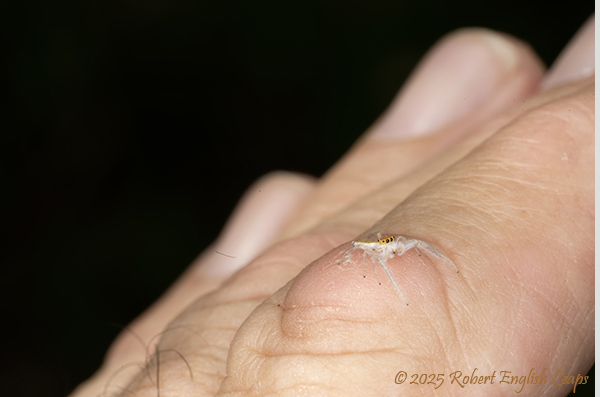

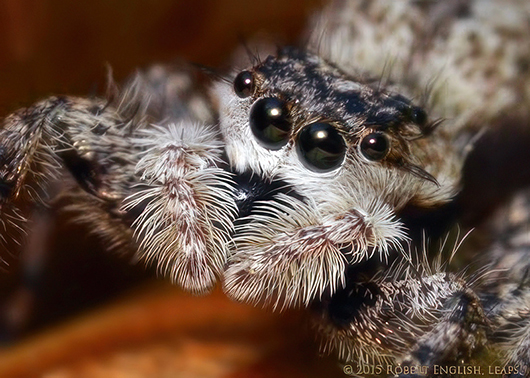
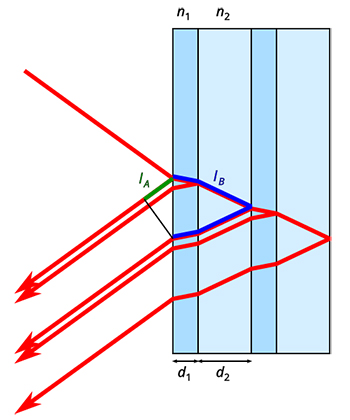
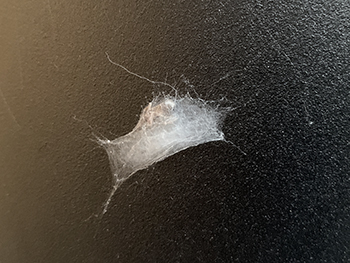



.jpg)
